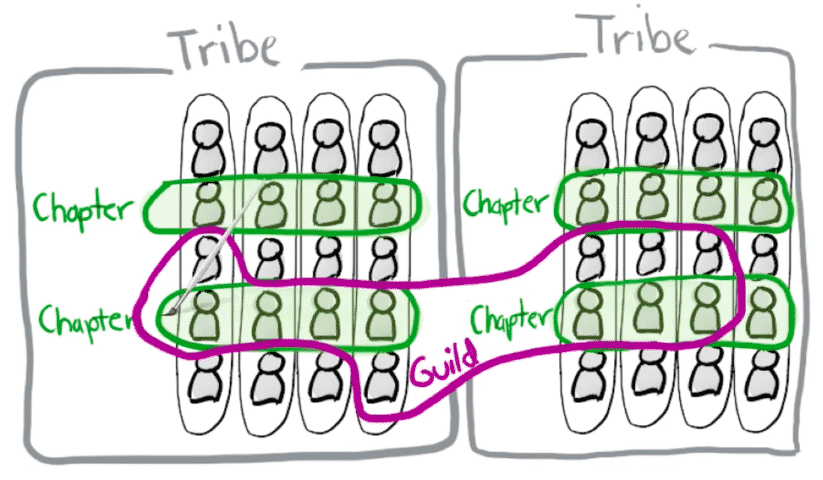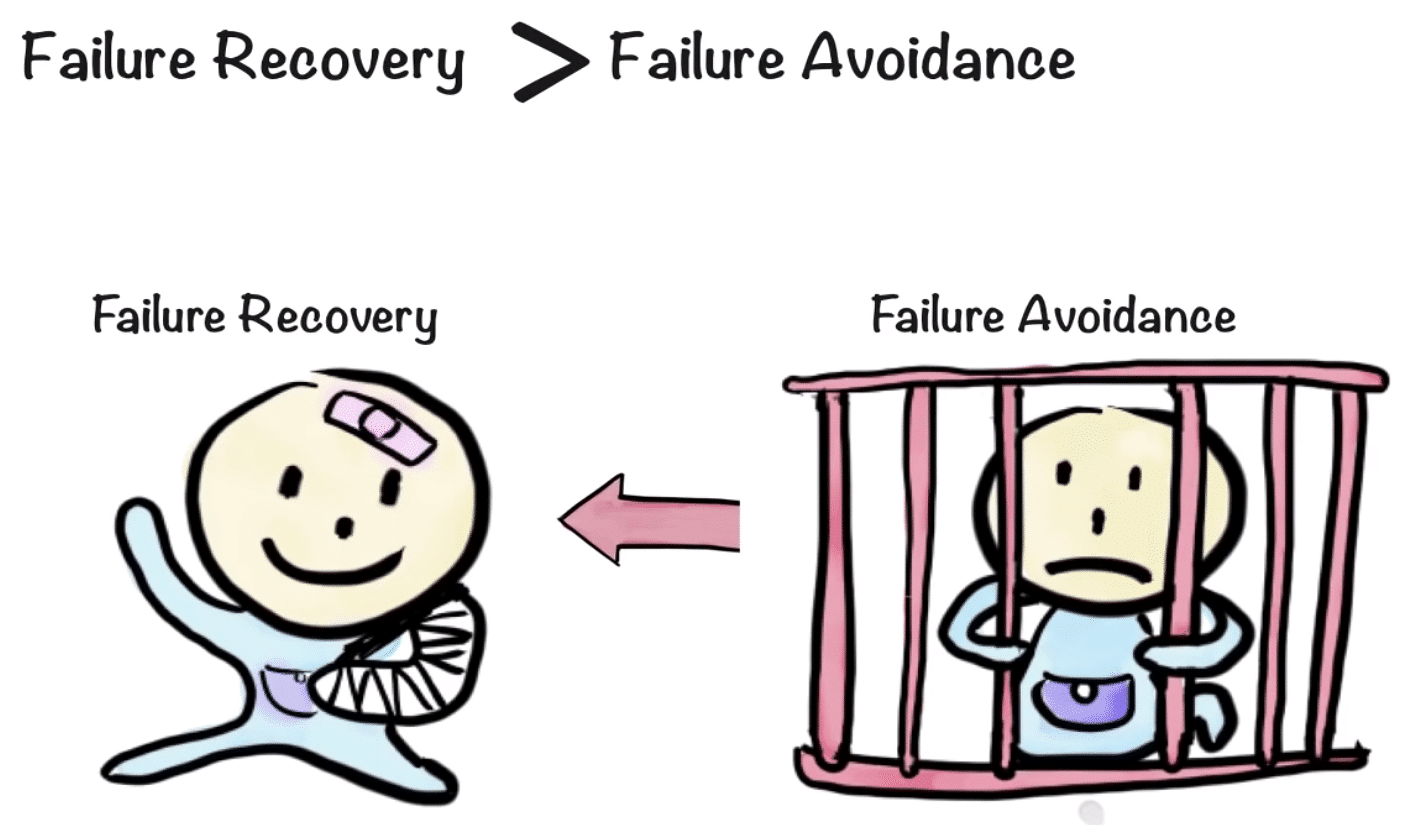
Spotify Cultural Elements

Recently, a client told me that they were adopting the Spotify Model. This statement sounded great for him.
Spotify has published some great articles and videos about how they have grown and transformed their organization to be agile. Then it occurred to me that what my customer was saying was completely wrong.
I do not think you can really understand what it is like to work at Spotify without actually living it. You see, most of us are working from our own paradigm and belief system. We have a hard time imagining how it really works at Spotify.
As you review the below list, do a gut check.
Are you doing this today?
Would these approaches even fly at your company?
What would it take to implement them?
That may be the best test of whether you are anywhere near the Spotify model.
In articles or talks like this it may come across that Spotify is some sort of agile nirvana where everything just works and that is simply not true.
If you are not familiar with the so-called Spotify model, check out Kniberg’s blog posts at Crisp as well as these popular videos many people refer to Spotify Engineering Culture Part 1 and Part 2.

- Do not scale agile…descale your organization
-
Henrik starts with this quote which directly conflicts with the 5% of people who claim to be scaling agile using Spotify. It is not about changing agile to fit your company, it is changing your organization to achieve business agility.
Have you considered descaling your organization before scaling agile? - Your Company is not Spotify
-
Spotify was born agile in 2006, so it is not even 20 years old. And Spotify is small at roughly 1,500 people.
Is your company new, do you have thousands of people and a rich history of success doing things a certain way? Do you have layers and layers of rules and bureaucracy for the right way to do things, as well as plenty of checks and balances? - Spotify was on a Mission
-
The stated Spotify mission is to turn the music business upside down.
Does your company have a compelling purpose that aligns and motivates people? - Squad is equivalent to Scrum Team
-
Like Scrum teams, squads are cross-functional and self-organizing. They are responsible for end-to-end delivery of a complete project.
Are your “squads” self-organizing? Are they capable of end to end delivery or do you have hand-offs to other teams or departments? - Squads are Autonomous
-
Autonomy is the key to the company. It includes not just what to work on next or how to complete their work. Autonomy helps to scale because they do not need as much central function. Autonomy is fun and motivating.
Are the squads you created autonomous? - Motivation is Essential for Productivity
-
Kniberg talks about how important employee motivation is to resolving the inevitable environmental issues. Motivation has a higher impact on productivity than any other factor. Kniberg has a simple formula showing that Productivity = Effort X Competence X Environment X Motivation^2.
Is your company focused on increasing the motivation of each employee? - Balance alignment and autonomy
-
Spotify strives to strike a balance between alignment (central direction) and autonomy (team self-organization). Managers paint the big picture but do not tell people how to solve it. This is probably one of the biggest sticking points for most organizations – managers are directly involved in telling people how to solve problems.
Who makes decisions in your organization? What is the balance of power between team members and managers? - Shape the Environment
-
Physical space supports informal collaboration and coordination. At Spotify, Squads sit and work together. Tribes sit near each other, and there are plenty of spaces for informal meetings without having to schedule a conference room.
Has your company made an effort to co-locate people working together on the same team or tribe? Does your physical space support informal meetings without going to the trouble to schedule a conference room? - No Magic in terms of Squads and Tribes
-
Henrik said he was not sure why they used weird words like Squads and Tribes. The label itself means nothing. Each tribe is a cross-functional team vertically aligned for delivery.
Did you change your existing team to a squad without changing anything else? - Guilds are cross-cutting areas of Expertise
-
Guilds are the equivalent of Communities of Practice. They are not functional departments, they are volunteer-led communities based around particular expertise.
Are your guilds communities based on expertise, or are they organized around key managers or existing functional departments? - Emphasis on face 2 face communications
-
That is the purpose of the structure of Tribes, Squads, and Guilds. They were formed based on the need to coordinate and collaborate. Tribes and Squads were organized so that they can sit together.
Does your organization put a priority on face to face communications? - Boring Releases
-
Long release cycles are scary and risky. Frequent releases are less scary, less risky, and easy. They become routine and boring.
How often are you releasing to Production? Are your releases scary or are they boring? - Decoupled Releases and CI/CD Reduce Cycle Time
-
Spotify focused on changing the architecture to decouple dependencies and make releases easier. Dependencies are reduced and teams can release to production independent of each other. Spotify has also invested heavily in continuous delivery to automate getting code to production in minutes, not days or weeks.
On average, how long does it take to get from a changed line of code to that code live in production? Do you measure and track this? - Trust and the Self-Service Model
-
Spotify empowers and trusts people so that where possible, teams make decisions that involve risks. Kniberg uses the example of the difference in control between a roundabout and a typical traffic light. Where possible, Spotify trusts people and does not try to control them because they believe that most people are doing what is best for the organization.
What is the level of trust you place on your employees and teams? Are they empowered with opportunities for self-service, or are there checks and balances and delays due to waiting for approvals that slow them down? - Transparency & short feedback loops
-
Transparency is one of the pillars of Scrum and essential for agility. Transparency is also an enabler for self-organization. Similarly, short feedback loops provide opportunities for inspection and adaptation. Fast feedback ensures teams are building the most valuable features.
How long are your sprints? What is the time between when a team builds something and when a real customer uses or provides feedback on that feature? - Managers are Servant Leaders
-
Spotify believes that managers are servant leaders, focused on serving the highest needs of the team. They think it is better for managers to ask teams how they can help, rather than asking people what they are working on or when they will be done.
What is the posture of your managers to your teams? Do they serve the teams, or do they think that the teams serve them? - Lean Startup
-
The Spotify mantra seems to be Think it, Build it, Tweak it, Ship it based on Eric Ries and the Lean Startup approach. Teams establish a hypothesis and then run experiments and A/B tests and measure the results. They strive to get lots of feedback, tweak what they implement, and maximize the value.
They know the difference between maximizing value and not just output (i.e., more user stories completed). Are you set up to run small experiments? Or are your products/projects the result of a long list of requirements that are all built before deploying to production in a big bang? - Spotify Hack Week
-
Twice a year Spotify hosts a hack week when they let everyone work for a week on whatever they want. The approach unleashes creativity and improves cross-organizational collaboration They celebrate with a party on Friday.
How comfortable would your company be with a one-week hackathon that allows people to do whatever they want? What controls do you think your leaders would demand for that week (e.g., assigned work, time reporting, must show results, etc). - Experiment-friendly Culture
-
More data-driven decisions, not decisions made by the highest paid person. Teams are encouraged to develop a hypothesis and run an experiment. Teams establish “Keep List” which may include things like: Retros, daily stand-ups, Google Drives, GIT, and Guild UnConferences. They also have a “Dump List”: Time Reports, Hand-offs, Separate Test Teams or Test Phases, Task Estimates, Useless Meeting.
Do you allow teams the freedom to really change how they work? Which on the dump list above do you require your teams to do and why? - Healthy Cultures Heals Broken Process
-
Process breaks left and right but a healthy culture will lead to people fixing those problems.
How heavy is your process? Are teams allowed to change process or is the process dictated by a central Agile CoE or standards group? - Balance between Chaos and Bureaucracy
-
Like the balance between autonomy and alignment, Spotify is striking a balance between chaos and bureaucracy. Of the two, Kniberg believes it is easier to fix chaos than bureaucracy. Similar to Alistair Cockburn’s “barely sufficient” process guidance, Spotify came up with the concept of “minimum viable bureaucracy” or MVB. It is the smallest amount of bureaucracy that an organization can have without chaos.
What is the level of bureaucracy in your organization? Do your managers actively work to reduce or eliminate overhead so that teams can focus on being productive? - Team Definition of Awesome
-
Spotify encourages teams to talk about and decide what would make them awesome. After all, without a vision for awesomeness, you likely will not get there. Spotify teams use regular team health checks. They track improvements over time.
Do your teams have a definition of awesome? Do you track team health and strive for continuous improvement? - Culture Beats Process
-
As we have outlined in this post, the obvious and observable processes you have are not nearly as important as the culture which may be nearly invisible. Culture is the behavior that is rewarded or what succeeds. Culture cannot be delegated by managers and leaders. Leaders need to model the behavior they want to see in an organization.
What are the behaviors that are rewarded in your organization? What are the behaviors that are modeled? - Employee Satisfaction
-
Kniberg tells the story of an email from the head of people operations about the results of a recent employee satisfaction survey. The head claimed that 91% of employees enjoyed working at Spotify, which he said was “of course not satisfactory”.
Do your leaders ask if people enjoy working at your company? What % satisfaction do you think your leadership and HR department consider acceptable? - Mistakes are OK
-
How mistakes are treated may be one of the best indicators of your culture. Mistakes are expected when you are pushing for innovation.
We aim to make mistakes faster than anyone else.
Founder of Spotify
Please do not blindly copy. Apply the above principles in your environment. Learn and adapt. This is the essence of the agile empirical approach.